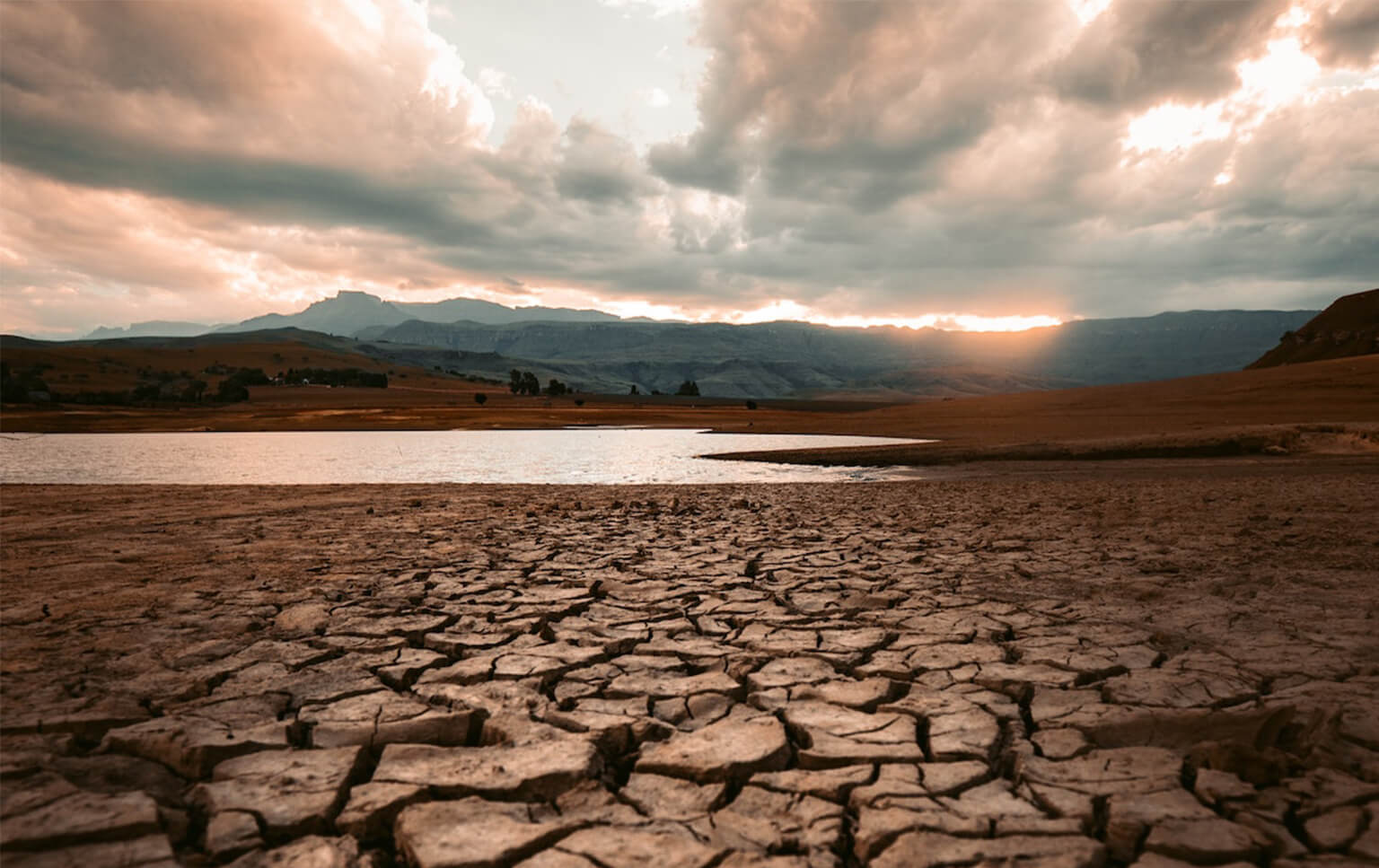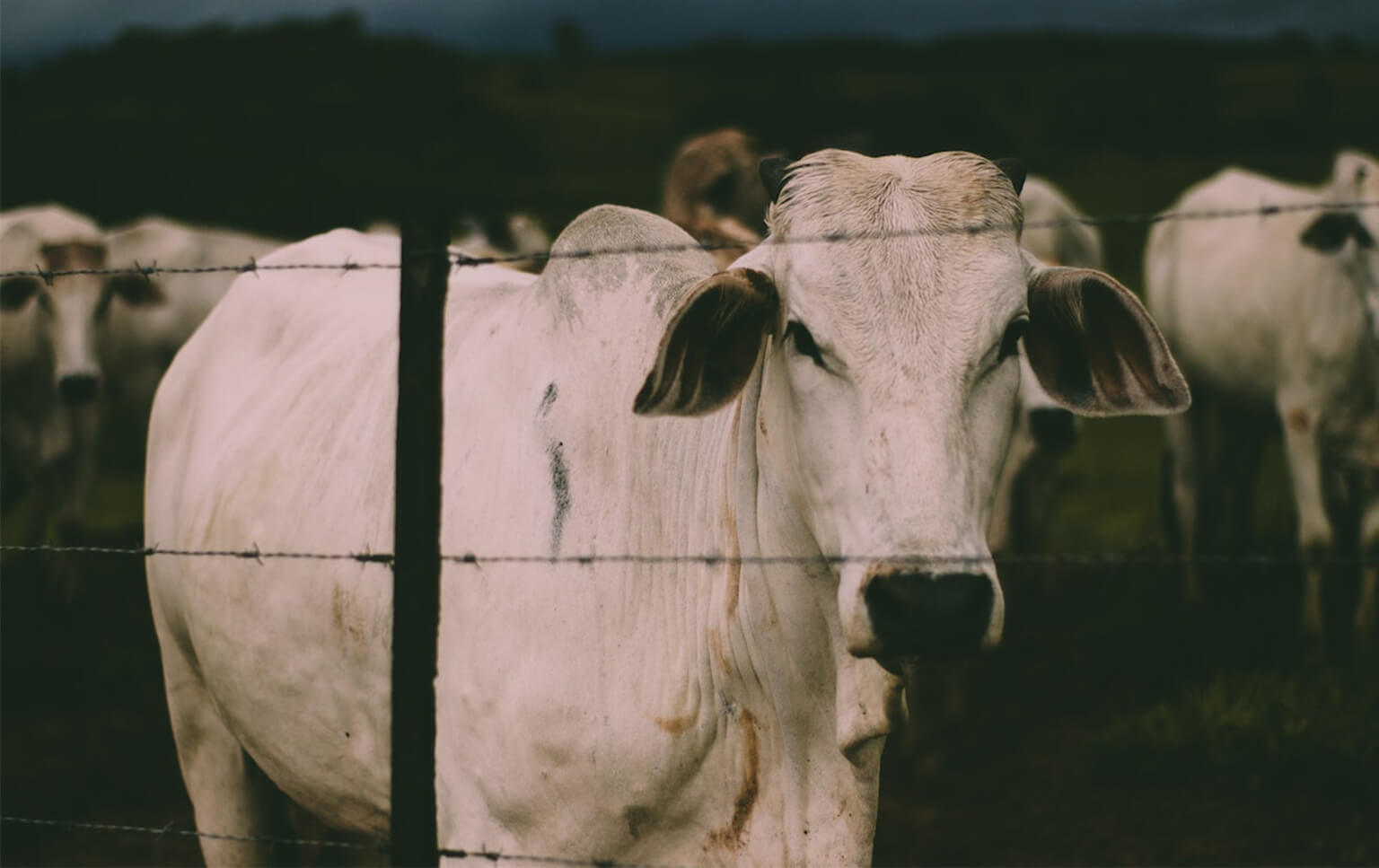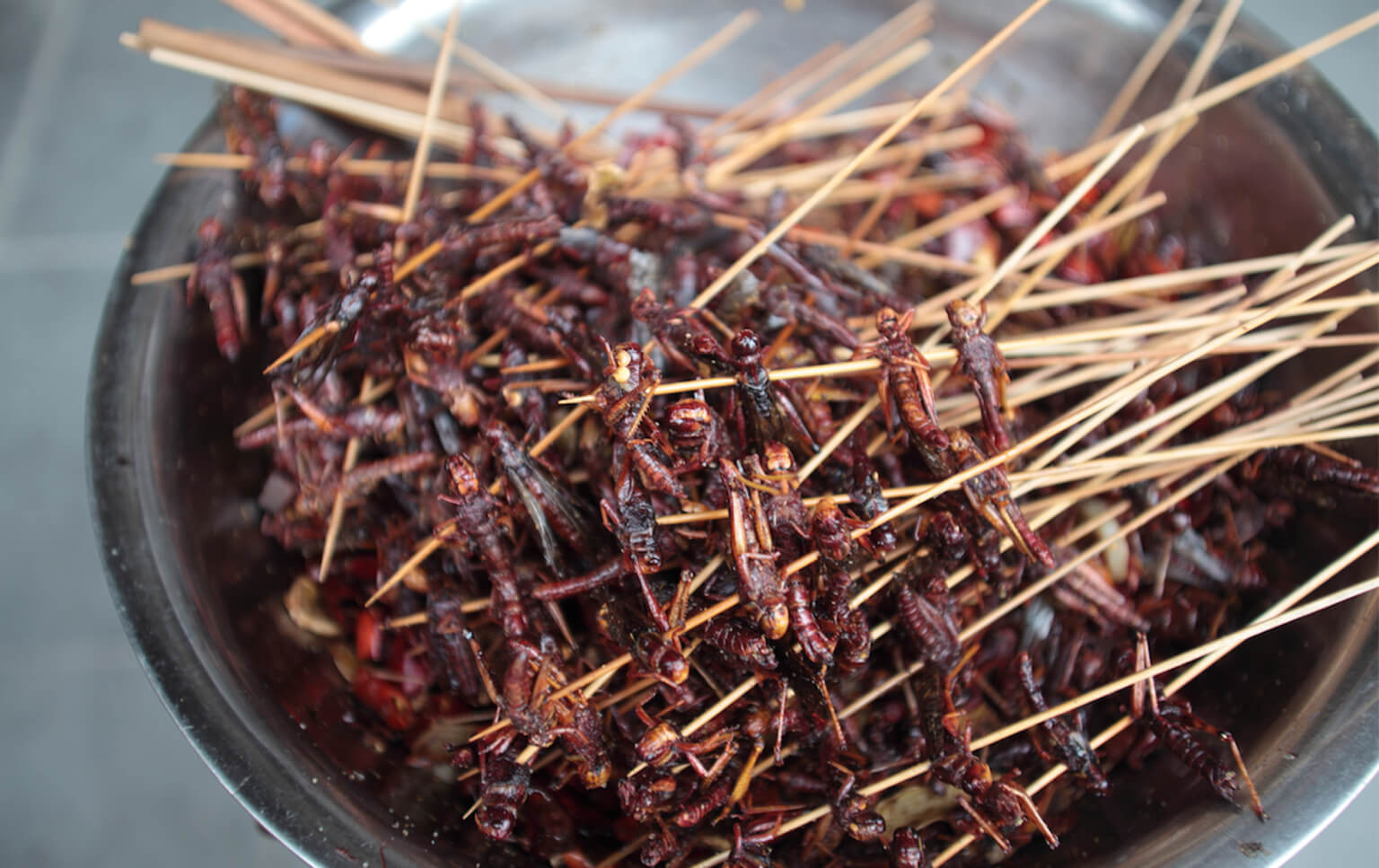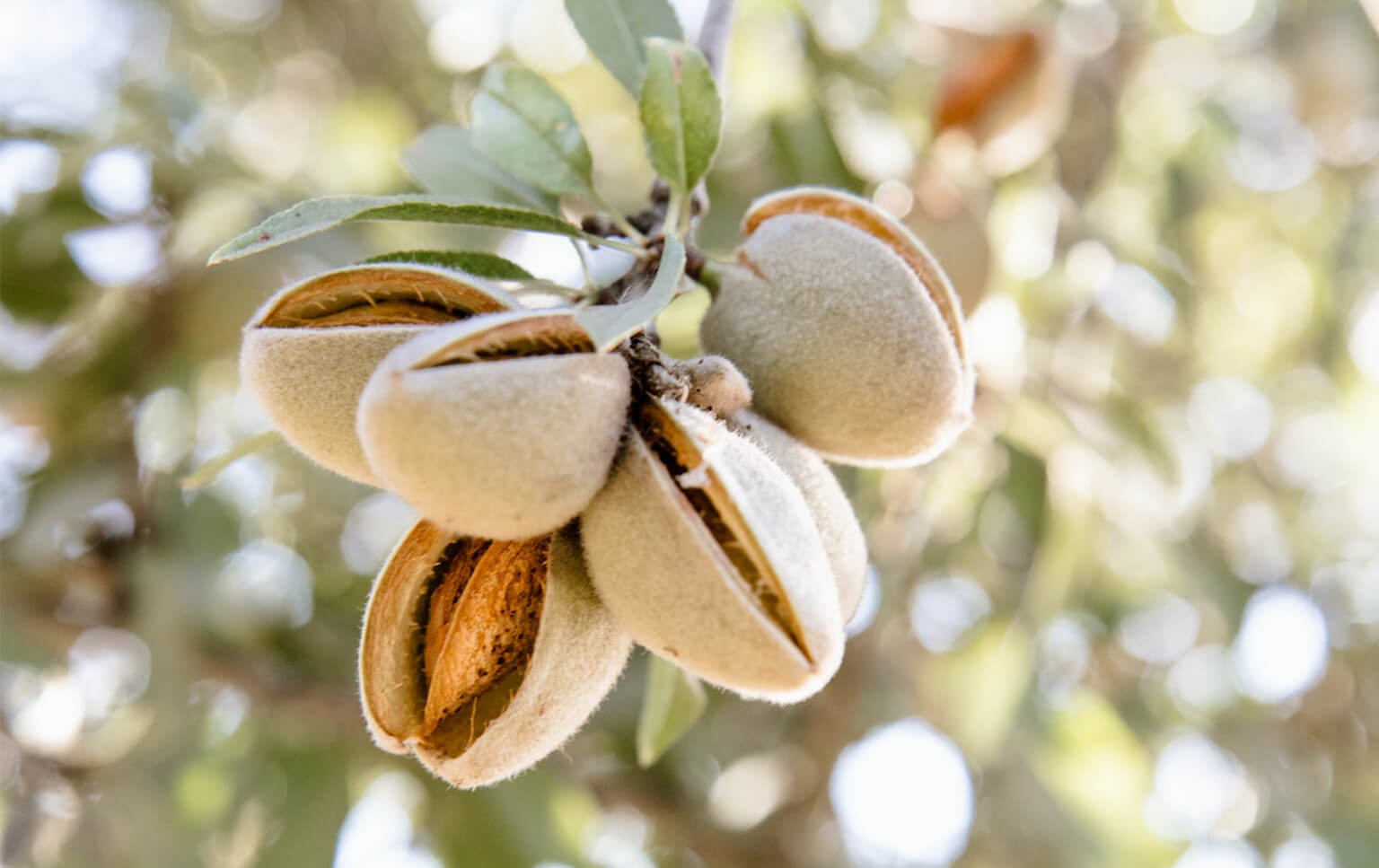
Planet-Positive Diets
Introduction
In times of crisis, our humanity becomes exposed, reminding us of the simple but essential things we need to survive. The most essential of all, food. When our food sources are corrupted or compromised, the impact is severe.
People around the world face the inadequacies of our global food system on a daily basis. From shortages caused by climate change, to those caused by distribution, operational injustices or corruption, the inefficiency and unfairness of food systems can create disastrous outcomes.
Thankfully, action to create more sustainable food practices was well underway before this global health crisis hit. The awakening to the perils of the climate crisis and the realities of a rapidly growing global population are catalysing deep changes that can’t come fast enough.
So, what does clean growth currently look like in food? In this three part series, we will highlight some of the companies embracing enlightened self-interest to grow, transform and protect the industry, and look at the key questions that remain unanswered.
To tackle a very broad topic in a coherent manner, we will be looking at clean growth in the sector through three lenses: diet, retail and supply chain. Our aim is to help companies ask themselves the right questions in pursuit of more positive and purposeful growth.

For the love of meat
Consumers are driving a paradigm shift, demanding that brands take meaningful action and putting their money where their mouth is (whenever possible). Food is a key battle ground for climate activists. At a global scale, 70% of global freshwater withdrawals are used for agriculture2, 78% of global ocean and freshwater pollution is caused by agriculture and livestock accounts for about 14.5% of anthropogenic greenhouse gas emissions3.
Yet, world-wide demand for meat continues to grow: the WHO predicts that with the current population growth, rising incomes and rate of urbanization, annual meat production will increase by over 2% annually, reaching 376 million tonnes by 20304. While the US and Argentina lead the pack in meat consumption, China’s skyrocketing import of beef5 and consumption of 50% of the world’s total pork production in 20196 suggests that a growing middle class could come with its own set of environmental challenges. As a result, protein and animal products have become the centrepiece of most product innovation.

Two of the most exciting and transformative developments in protein are plant-based and lab-grown ‘meats’. Investment in both plant-based and lab-grown solutions was $930 million in the first quarter of 2020, already exceeding all of 2019 by 11%8. Beyond meat and Impossible foods have achieved fame thanks in part to their partnerships with notable fast food chains9. From an environmental perspective, these products hit the mark: the Beyond Burger generates 90% less greenhouse gas emissions, requires 46% less energy, and has 99% less impact on water scarcity than a quarter pound of U.S. beef10. The sector is growing rapidly: plant-based meats saw 18% retail growth in 2019 compared to 2.2% in food retail broadly11.
To date, however, the category remains expensive with limited global distribution. The health impact of these products is also uncertain, with nutritionists flagging that saturated fats and sodium levels are comparable to beef12. Interestingly, 45% of consumers believe plant-based alternatives are healthier options13. Could this misconception be the category’s achilles’ heel? As long as health concerns remain unacknowledged and unaddressed, the feeling of being misled has the potential to fuel consumer rejection in the long-term.
Lab-grown meats haven’t been in the spotlight as much as their plant-based counterparts, but their effect could be much deeper and longer-lasting. Companies such as Memphis meats, Mosa Meat and JUST are pioneering meat made in a lab. Their ongoing issue: cost. JUST lab chicken nuggets cost about $50 to make14. The answer to price efficiency seems to lie in the move from lab to factory, with some estimating that lab-grown could compete with traditional meat prices by 202115. If these companies were to crack the challenge of meat-cell culture at scale, their future is bright. After all, consumers are still having a hard time saying goodbye to meat. In the UK, 37% of consumers say they haven’t changed dietary habits because they “love meat too much.” 16

Little data exists on the carbon footprint of lab-grown meat and available assumptive models appear unreliable, but Future Meat Technologies claims its products require 99% less land, 96% less freshwater and emit 80% less greenhouse gases17. If these numbers prove to be representative of the category, consumers could find themselves making no trade-off at all by simply replacing ‘old-school’ meat with its lab-grown counterpart.
The interesting tension between what consumers want to eat and what they are willing to eat has given rise to a third, less hyped option: hybrid meats. Think burgers with 50% beef and 50% mushrooms. This solution involves neither replacing nor removing meat but simply reducing it, a perhaps less transformational but more practical path forward. Both established players such as Applegate and challengers like Rebel meat are pushing in this direction: reduced environmental impact with familiarity of flavours.
Starting a buzz
One final protein trend is buzzing (literally): insect protein. The abundance of insects in many corners of the earth has led startups to create powders, snacks and chips that are tasty, rich in protein and very low-impact. In fact, crickets only require 1.7kg of feed per kg of crickets, whereas beef calls for 10kg18. The likes of Small Giants and Jimini’s are pioneering these in the UK. The EU is set to approve edible insects, so we can expect to see a lot more movement on this front19. Will consumers take to these? Hard to tell, but early polls suggest millennials and Gen-Z are the most likely to catch on20. Given that crickets are said to taste like nutty prawns, widespread adoption might be faster than expected21. The movement is quite niche for now, but the global insect protein market is forecast to grow 38% and reach 1.4 billion by 2026. This interesting sector could help bridge the gap between our need for nutritionally dense foods and affordable low-impact protein.

Goodbye, animal farm
Let’s turn to dairy. The combined greenhouse gasses emitted from the 13 biggest dairy firms is equal to the UK’s total emissions (the sixth biggest global economy!22). It is no surprise then that dairy replacements have exploded as a category, with sales of plant-based milk in the UK increasing by 30% since 201523. ‘Milking’ grains, nuts and seeds is the name of the game. A clear winner in this space so far is Oatly – a scale-up that has conquered the hearts of consumers with a product that satisfies on all fronts, supported by world-class marketing. Oats have become a calling card across food and beverage for their sustainable credentials: greenhouse emissions are 80% lower24 and water consumed is less than 1/10 of what is needed to produce the equivalent amount of dairy milk25. Oatly also deserves a mention for a different reason: it has taught the branding world that ‘green’ does not mean ‘uncool’, in fact, quite the opposite. The immense popularity of their slogans such as “Like milk, but made for humans”, highlight how a brand’s communication strategy and tone of voice is increasingly critical to conquering a place in consumer’s lives. It’s no surprise then that Oatly generated $200 million in revenue in 2019 and is expecting to double in size by 202126.
The food innovators haven’t forgotten about eggs, either. Vegan egg replacement JUST egg – made with highly proteic mung beans – currently has 40% market share of all liquid egg sales in the US, an astounding figure27. Innovation in the space is now focused on recreating the look and feel of the whole egg, not a small feat. Those who ‘crack’ it are in for a big reward.

Avocado-n’t
Outside of engineering new plant-based products, companies should also be thinking of ways to create new products from existing waste, and better products to substitute those that come at a high environmental cost. Chocolate and coffee not sourced responsibly can have incredibly high emissions (higher than the devil himself – palm oil!). We recently built a brand on this very insight: the cacao fruit is a waste byproduct of chocolate production, but this waste is a nutritionally dense and delicious product in its own right, so why not make it such? Increasing overall use of the beans will be critical to reducing impact. An honorable mention here goes to Slingshot Coffee co., who produce a line of drinks made with the fruit that cradles the coffee bean – a part that is usually discarded. The dried coffee cherries are called ‘Cascara’29 and have been a traditional drink in Ethiopia for centuries.
Other ingredients to keep an eye on are avocados and almonds, which continue to drive massive water consumption. What products could replace these popular ingredients? If carbon-capturing foods such as Solein30 by Solar Foods can create products that appeal to consumers, we might just see the paradigm of food = emission flipped on its head. Thinking in terms of this paradigm shift is a powerful way to interrogate our options.

While most of our attention is focused on protein in some form or another, European per-capita protein consumption is actually around 70% higher than needed32. Micronutrient deficiencies, on the other hand, continue to rage around the world33. It goes without saying that we should start focusing our attention far more concertedly on delivering innovative products that solve for this very real and current issue.
Food for thought
Planet
- Do products used in plant-based foods (such as soy and yeast by-products) cause significant environmental damage themselves?
- How can we create the lowest impact daily diet?
- Where should we focus to deliver the greatest carbon reductions?
Consumers
- Can plant and lab-based meats compete with meat on price, flavour and health?
- How can we educate consumer palates to enjoy less impactful food options?
- What sacrifices will consumers be willing to make to reduce their impact?
Business
- Will our consumer trust this type of innovation coming from us?
- Where should we invest to deliver the greatest reduction on our footprint?
- How should we balance our portfolio to solve for today and tomorrow?
1 – Climate Change Image Credit: Red Charlie
2 – Our World in Data
3 – FAO.org
4 – WHO
5 – Beef Magazine
6 – Thats Mags
7 – Cow Image Credit: Feliphe Schiarolli
8 – Food Drive
9 – Telegraph
10 – Fast Company
11 – Benzinga
12 – Huffington Post
13 – Forbes
14 – The Guardian
15 – Reuters
16 – Attest “Future of food” Report
17 – CNBC
18 – USA Today
19 – The Guardian
20 – Food Navigator
21 – Huffington Post
22 – The Guardian
23 – The Guardian
24 – Huffington Post
25 – Science Focus
26 – Forbes
27 – Live Kindly
28 – Almonds Image Credit: Maria Cripps
29 – Stumptown Coffee Blog
30 – FT
31 – Coffee Image Credit: Rodrigo Flores
32 – FCRN.org
33 – Nutri-Facts.org

frog, part of Capgemini Invent is a global design and innovation firm. We transform businesses at scale by creating systems of brand, product and service that deliver a distinctly better experience. We strive to touch hearts and move markets. Our passion is to transform ideas into realities. We partner with clients to anticipate the future, evolve organizations and advance the human experience.
We respect your privacy
We use Cookies to improve your experience on our website. They help us to improve site performance, present you relevant advertising and enable you to share content in social media. You may accept all Cookies, or choose to manage them individually. You can change your settings at any time by clicking Cookie Settings available in the footer of every page. For more information related to the Cookies, please visit our Cookie Policy.